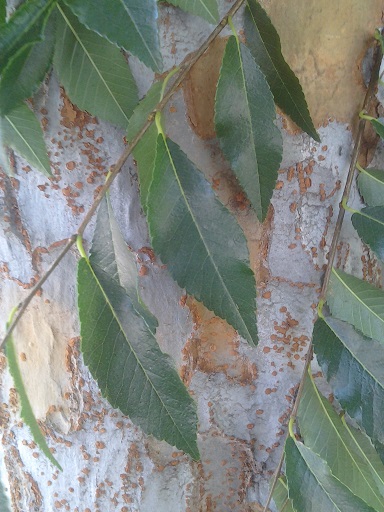UNITED STATES—It was probably the extra chill this last winter that made some deciduous fruit trees bloom more profusely early in spring than they typically do. Unusually busy bees in some regions improved pollination and subsequent fruit set, although some was dislodged by late rain. The sudden warmth this last spring not only improved the flavor of fruit, but also made some grow larger than typical.
More and better fruit is usually what those who grow fruit strive for. The problem with some trees now is excess. After pruning our fruit trees every winter for a few years, we get to know how much to prune them to maximize productions without overloading the trees. When the trees produce more than expected, they may not be able to support the weight of their own fruit.
Many plum and peach trees have already dropped limbs that were overburdened with the weight of fruit. Nectarine, apricot, pluto (and aprium, plumcot and all those weird hybrids), and prune trees can potentially drop limbs as well. Even without breaking, heavy limbs can get disfigured simply by sagging downward. Broken or sagging limbs expose inner bark to sun scald.
Broken limbs obviously can not be salvaged, so they can only be removed. They should be cut cleanly away without leaving stubs. Sagging limbs can be propped with notched stakes tucked under side branches that will keep them from sliding upward. The notches keep such stakes from sliding off to either side. Much of the excessive fruit can be removed from severely sagging limbs. However, if the fruit is so ripe that it will not be getting any heavier than there is no advantage to removal.
Formerly shaded bark that suddenly becomes exposed to direct sunlight should be shaded. If partly shaded though much of the day, it should be safe. If expected to be shaded next year by new growth, bark can be protected temporarily with duct tape or stapled cardboard, or even foliated bits of the limb that broke, tied over the bark. Light colored paint is unsightly, but can be applied to reflect sunlight from bark that is expected to remain exposed permanently.
Excessive weight is not only a problem for fruit trees. Some sweetgum, fruitless mulberry and old fashioned Chinese elm trees can produce so much healthy foliage that limbs hang lower than they should. Some shade trees can even drop limbs ‘very’ unexpectedly, when the weather is warm and humid, but without wind.
Highlight: Chinese Elm
Since the Dutch Elm Disease (DED) epidemic that killed so many old and stately American elm trees so many years ago, the old fashioned Chinese elm, Ulmus parvifolia, has been unavailable in nurseries. That is why there are only old and middle aged trees, and maybe a few feral seed grown trees. Chinese elm is not bothered much by the disease, but is a vector. ‘Drake’ is a modern DED resistant cultivar, but it has a very different personality, with a more upright and symmetrical structure.
The elegantly lanky trunk and main limbs can be quite curvacious, with distinctively blotched gray and tan bark. The deciduous foliage can be messy in autumn as it falls slowly and may linger through December. The neatly serrate leaves are only about an inch or two long, and half as wide. Mature trees can be more than 50 feet tall.






